Find piano lessons near me.


Book Private Piano Lessons
Find Piano Tutors
Search for private piano teachers, able to help you learn how to play classical, contemporary or jazz piano.
Get in Touch
Send a direct message to your chosen piano tutor to arrange your first piano lesson or find out more about their piano tuition.
Arrange Lesson
Book your first lesson with an expert piano teacher, with lessons suitable for beginner students to advanced pianists.
Find Your Perfect Piano Tutor
Whether you're eager to master the intricate melodies of classical piano music or get your hands swinging to the rhythmic beats of jazz piano, finding the right piano teacher is the key to your musical journey. Our experienced piano teachers come from diverse backgrounds—session and studio pianists, gigging jazz musicians, and those with music degrees in contemporary music. They're not just adept at playing piano; they are passionate educators who have polished their techniques across classical and jazz repertoire.


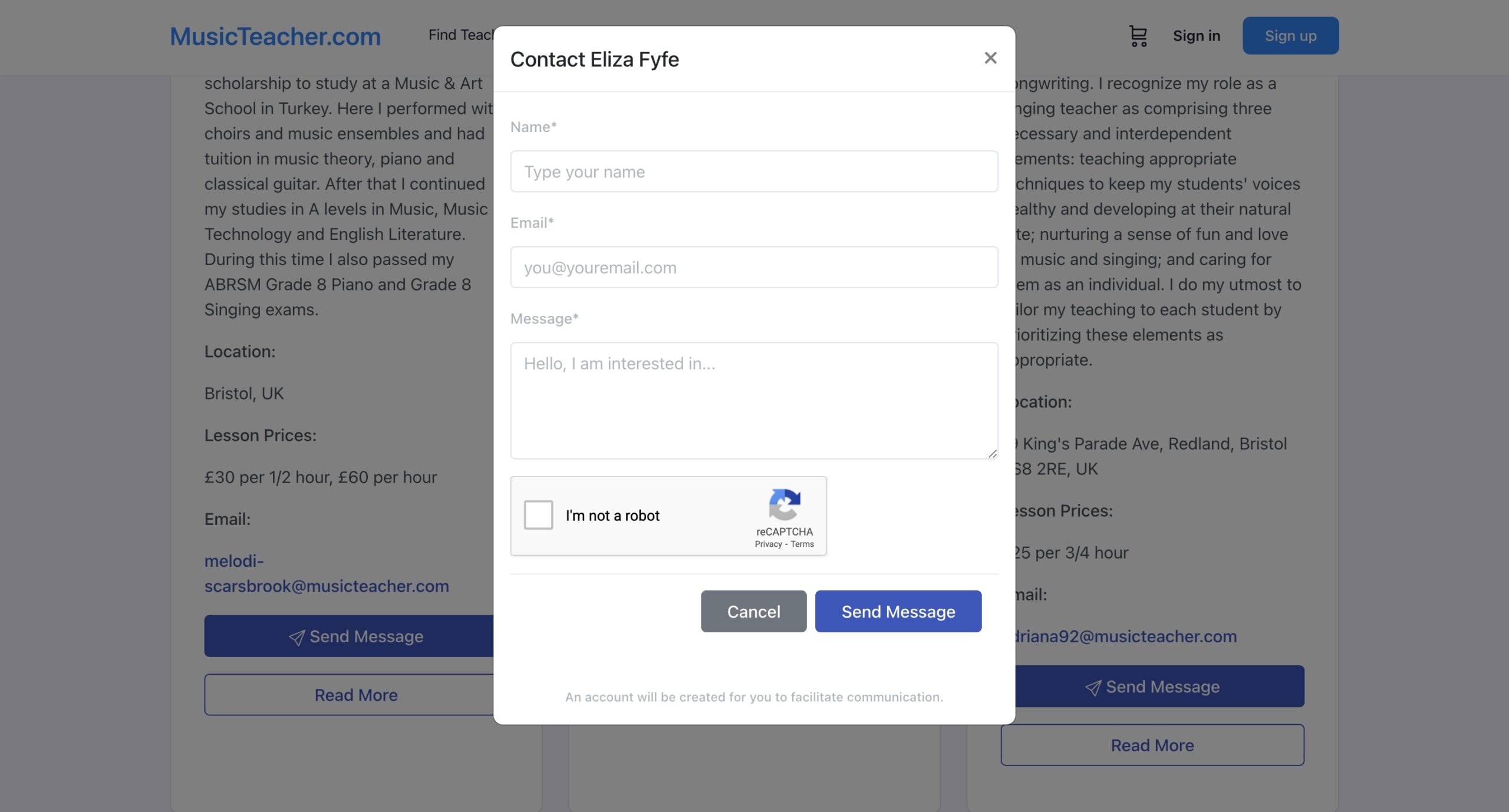

Tailored Guidance from Expert Piano Teachers
Our private piano tutors are wholeheartedly committed to tailoring piano lessons to your learning style, whether you prefer sheet music and traditional piano notation, or if analyzing jazz music by ear. Online piano lessons provide the flexibility to connect with our top-ranked piano teachers, making it smoother to schedule sessions around your busy life and find the perfect fit, no matter where you are.
For those of you seeking an in-person tuition, many piano teachers in our community offer in person lessons, facilitating a unique opportunity to build a rapport and understand the nuances of your piano playing.
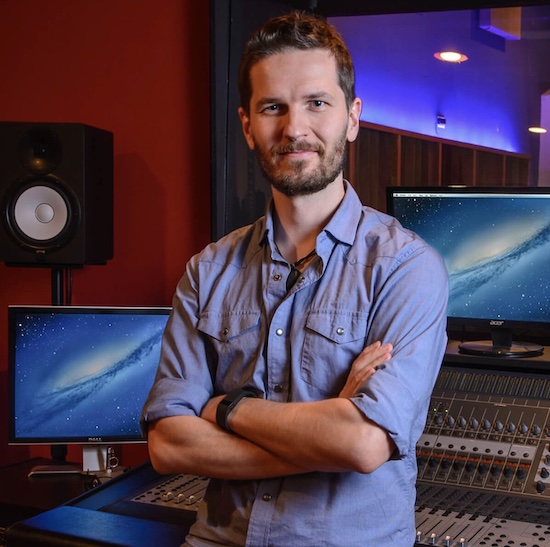
Personalised Progress
Taking piano lessons with a private tutor offers a level of personalisation that can't be matched by self-taught methods. Each session with a piano teacher is tailored to your specific strengths and challenges, ensuring that you make progress at a pace that's comfortable for you.
Whether learning the disciplined structure of classical piano or the improvisational flair of jazz piano, your tutor's expertise will help polish your technique and expand your repertoire.
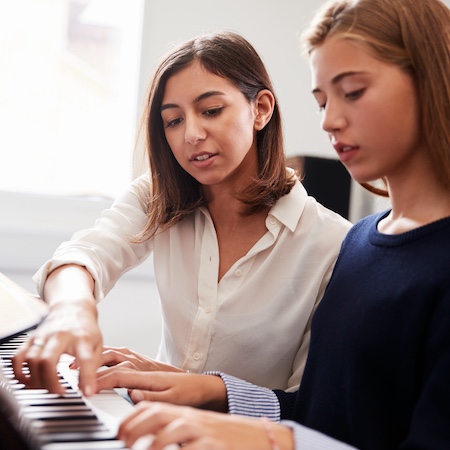
Expert Guidance in Music Theory
Diving into music theory is made approachable with guidance from knowledgeable piano teachers. They can unravel the complexities of classical piano music and jazz piano skills, making the theoretical aspect as engaging as the practical. With a skillful tutor, even the densest of jazz piano theory or classical music intricacies become clear, empowering you to understand the foundations of the music you love to play.
From preparing for classical piano exams to diving deep into jazz piano theory, our tutors are here to ensure your progress with every keystroke.
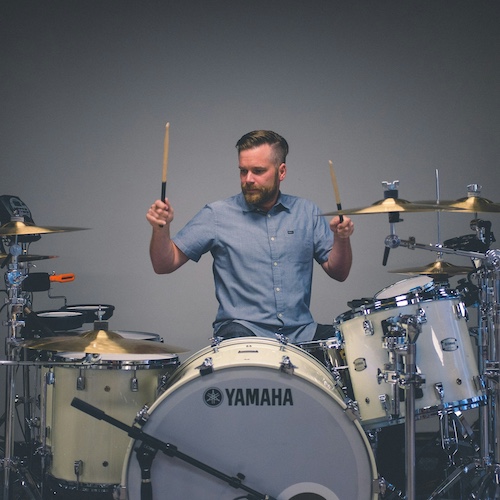
Flexibility of Online and In-Person Options
The availability of online piano lessons and in-home piano lessons means there’s a suitable option for every lifestyle. Online lessons provide convenience and a connection with classical, modern or jazz piano teachers who can share the best teaching secrets, no matter where you are.
For those craving a face-to-face experience, in-person lessons bring the advantage of real-time feedback and the subtle nuances of teaching classical music, jazz improvisation or modern classics in a personalised setting.
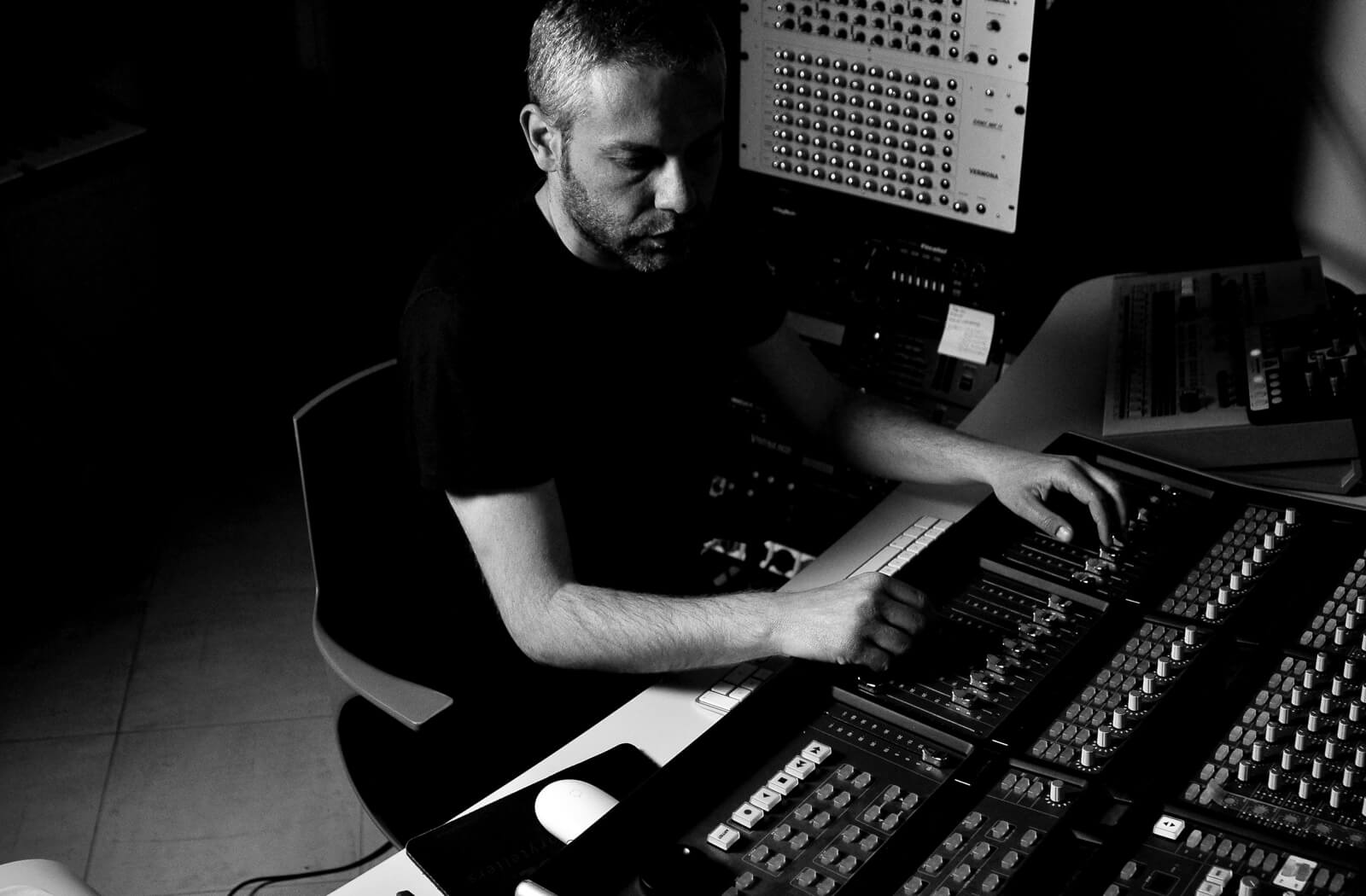
Changing the game.
We aim to become the largest global community of professional piano instructors, offering a reliable platform for students to discover skilled piano tutors.
Online Piano Lessons
In an era where digital convenience is cherished, online piano lessons have revolutionised the way we learn piano. Whether you're looking to master the intricate techniques of classical piano music or you're eager to dive into the improvisational world of jazz piano repertoire, finding the right online piano teacher makes all the difference.
Our platform connects you with experienced piano teachers whose expertise spans from guiding beginners through their first piano lesson online to prepping advanced students for classical piano exams. Not only does this add depth to your learning piano journey, but it also provides the flexibility to schedule private piano lessons at your convenience.
Have you ever wanted to play classical piano pieces with polished technique? Or perhaps you're keen to play jazz piano and explore its rich harmonies. Our dedicated piano tutors are here to facilitate your growth, offering personalised feedback and adapting lessons to suit your individual goals.

Private lessons give you a tailored experience to develop your skills, whether it's strengthening your music theory knowledge or immersing yourself in the classical piano repertoire. For those interested in contemporary or jazz piano lessons, they can pave the way for successful contemporary or jazz piano exams.
Join other piano students who have already begun their musical quests with our private tutors. The sense of community is strong; you're not just learning notes and scales, you're joining a global network of students and professionals alike.
Frequently Asked Questions
The cost of piano lessons can vary depending on factors such as location, instructor experience, and lesson duration. On average, expect to pay between £20 to £60 per hour for private lessons. Online piano lessons may range from £15 to £50 per hour. Consider your budget and the expertise level you seek when selecting a piano teacher.
In the UK, a 30-minute piano lesson typically costs between £10 to £40. Prices may vary based on the instructor's qualifications, location, and teaching method. It's advisable to research different teachers and their rates to find one that fits your budget and learning needs.
While 30-minute piano lessons offer a shorter duration compared to longer sessions, they can still be valuable for beginners or those with busy schedules. These lessons provide focused instruction on fundamental skills and repertoire. Whether they're worth it depends on your goals and learning style. Consider scheduling a trial lesson (if the piano teacher offers it) to determine if the duration meets your needs.
The cost of learning piano depends on various factors, including lesson frequency, duration, and instructor rates. On average, beginners may spend a few hundred pounds annually on lessons. Additionally, consider expenses for sheet music, practice materials, and instrument maintenance. Online resources and self-study methods can offer cost-effective alternatives.
Yes, it's possible to teach yourself piano using online resources, instructional books, and video tutorials. However, progress may vary compared to learning from a qualified teacher. Self-directed learning requires discipline and consistent practice. Consider supplementing self-study with occasional lessons from a professional to receive feedback and guidance.
A piano teacher may be referred to as a "piano instructor," "piano tutor," or simply a "music teacher." These terms describe individuals who provide guidance and instruction in playing the piano, helping students develop technique, musicality, and repertoire.
To find a piano teacher in the UK, consider exploring local music schools, conservatoires, or universities offering music programs. You can also search online directories like MusicTeacher.com, community bulletin boards, or social media groups for recommendations. Be sure to enquire about the teacher's qualifications, teaching style, and availability before making a decision.
The hourly rate for piano lessons in the UK typically ranges from £20 to £60 for private instruction. Factors influencing the cost include the teacher's experience, location, and lesson format (in-person or online). Be sure to discuss payment terms, scheduling, and cancellation policies with your chosen instructor.
Online piano lessons offer flexibility, convenience, and access to a wide range of resources. With online platforms, students can learn from experienced instructors regardless of geographical location. Interactive tools and multimedia materials enhance learning, while scheduling flexibility allows for personalised lesson plans.
Learning classical piano technique from a skilled teacher offers numerous benefits. Classical piano teachers have extensive training and experience in teaching foundational skills such as posture, hand positioning, and finger dexterity, which are crucial for developing a polished technique. They can also guide students in interpreting classical repertoire with precision and expression. Additionally, classical piano teachers often provide valuable insights into historical context and performance practices, enhancing the depth of musical understanding. With personalised feedback and guidance, students can progress efficiently and achieve their goals in mastering classical piano music.
Beginners & Advanced Students Welcome
Whether you're embarking on a musical journey or you're a seasoned pianist aiming to enhance your skills, our platform is the ideal destination for finding a piano teacher.
Discover the Benefits of Regular Piano Lessons
Ready to begin? Whether it's classical piano theory or jazz improvisation, we aim to ensure every student can find piano lessons that resonate with their musical interests—because when you learn piano with us, it's about playing the music that inspires you.
Remember, music is not only meant to be played—it's meant to be heard. Whether through written music or the melodies you’ve created, many private piano tutors offer performance opportunities through recitals and local concerts. And as you grow in confidence, you’ll not only find a supportive piano teacher; you’ll find friends, family members, and perhaps even other students enjoying the music you play.
Weekly piano lessons add an important routine to your music education, helping you to consistently build on what you have learned. A good music teacher will fine-tune your ear, helping you to not only play music but to truly hear and feel it - this type of development takes both time and consistent practice. Similarly, your music reading capabilities will flourish through consistent practice as you navigate through sheet music or jazz rock fusion scores, enriching your music collection and practical skill set.
Preparing for Exams and Performance
For piano students aiming to validate their skills, finding a piano tutor that will prepare you thoroughly for jazz exams or classical exams can make all the difference to the outcome. They bring insight into the examination process, adding an edge to your performance and readiness. Beyond exams, your mentor will instil confidence for you to share your music with the world, whether it’s a polished classical piano piece or an electrifying electronic music rendition.
By taking piano lessons online or in person, you not only learn to play piano; you immerse yourself in a musical journey. The right piano tutor adds value that goes beyond sheet music or digital interfaces—it's about cultivating a love for music and encouraging you as you develop a practical and useful skill that brings joy for years to come.
- Find UK Piano Teachers
- Aberdare
- Aberdeen
- Barkingside
- Birmingham
- Barry
- Bedford
- Belfast
- Bournemouth
- Brighton
- Bristol
- Brixton
- Bromsgrove
- Camberwell
- Cambridge
- Cardiff
- Chatham
- Coventry
- Croydon
- Crystal Palace
- Derby
- Derry / Londonderry
- Dundee
- Edinburgh
- Epsom
- Exeter
- Faversham
- Glasgow
- Gloucester
- Greenwich
- Hammersmith
- Harpenden
- Herne Hill
- Huddersfield
- Hull
- Leeds
- Leicester
- Liverpool
- London
- Manchester
- Marylebone
- Musselburgh
- Newbury
- Newcastle
- Newport
- Norwich
- Nottingham
- Oxford
- Plymouth
- Pontypridd
- Purley
- Reading
- Richmond
- Saundersfood
- Sheffield
- Shrewsbury
- Solihull
- Southampton
- Stockport
- Stockwell
- Sunderland
- Sutton
- Sutton Coldfield
- Swindon
- Swansea
- Wandsworth
- Wirral
- Wimbledon
- Worcester
- York
- Find Piano Teachers Internationally
- USA
- Redding
- Salinas
- Loveland
- Salt Lake City
- Germany
- Berlin
- India
- Bangalore
- Find Online Piano Teachers
- Online Classical Piano Lessons
- Online Piano Lessons
- Online Piano Teacher
- Skype Piano Lessons
- Zoom Piano Lessons


